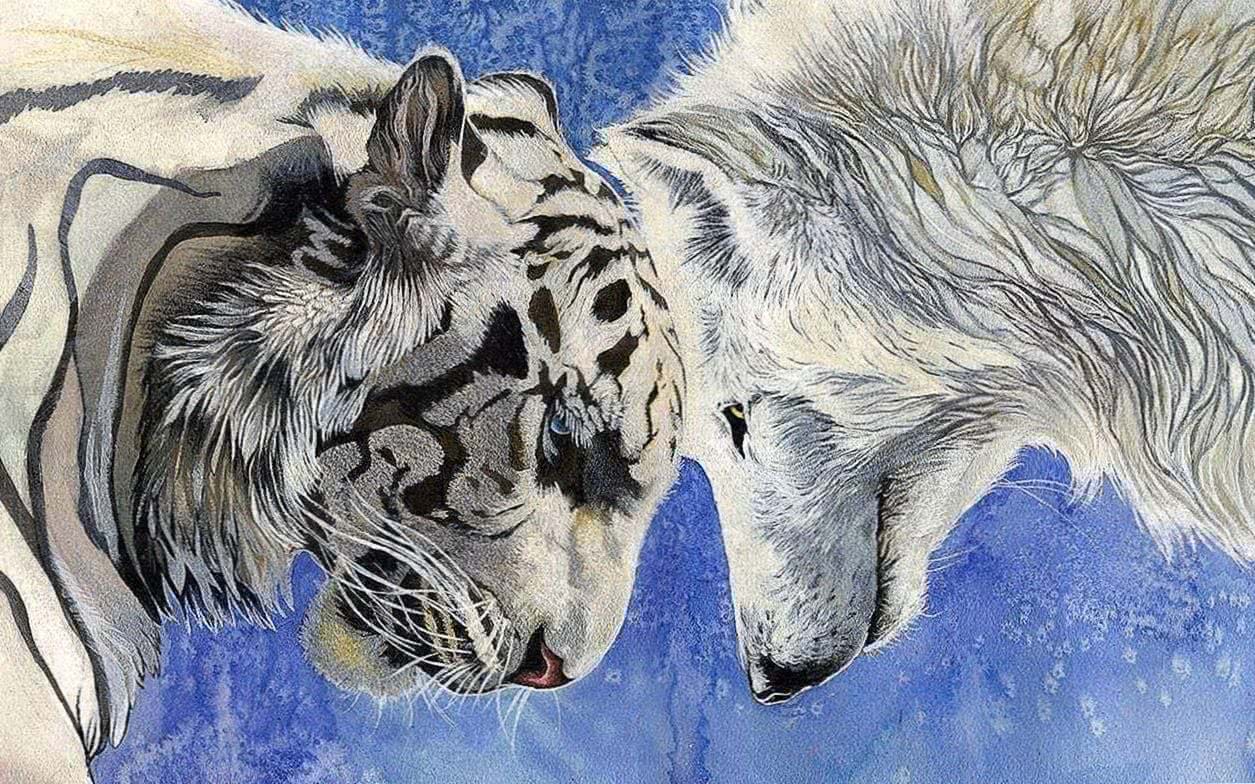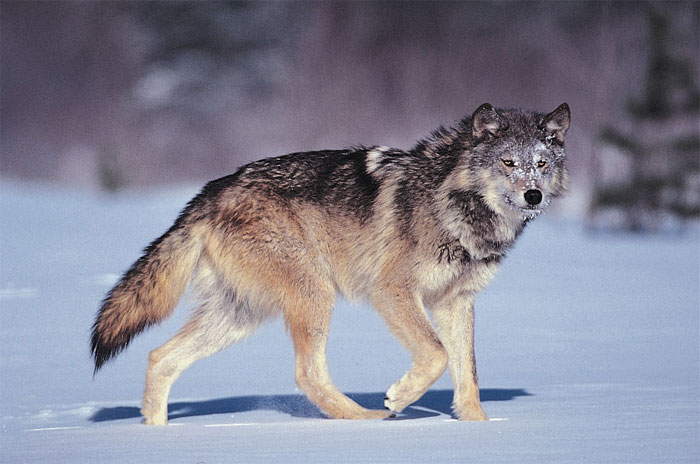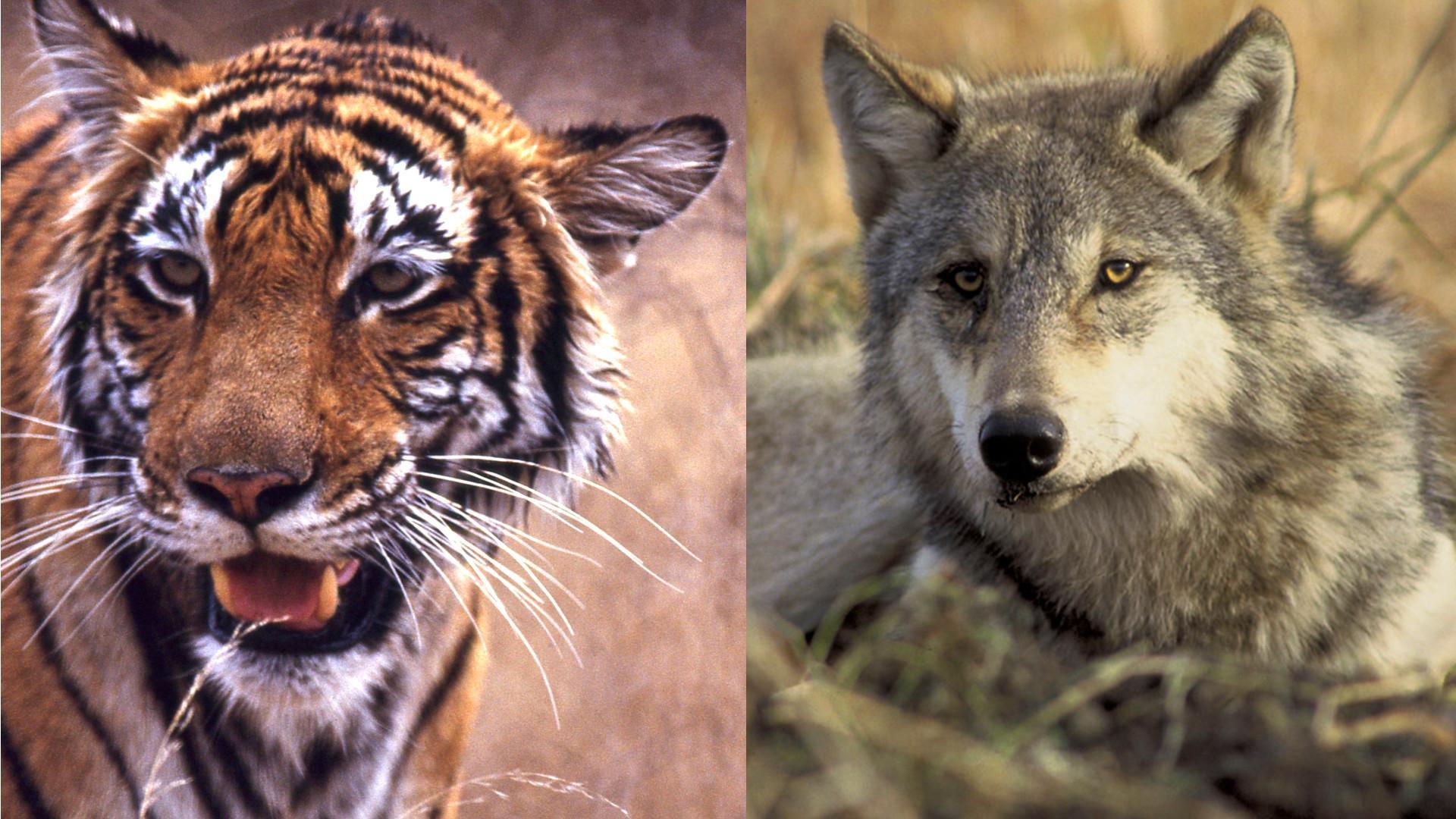The relationship between a White Wolf and Tiger embodies a fascinating narrative of friendship that transcends the boundaries of species. These majestic creatures, in their natural habitats, are often viewed as solitary hunters and apex predators. However, when they form bonds, they present an extraordinary aspect of animal behavior, showcasing mutual respect and companionship. This article aims to delve deep into the astonishing dynamics between these two powerful beings, shedding light on their interactions, behaviors, and emotional connections.
Understanding the Nature of White Wolves
To truly appreciate the friendship between a White Wolf and Tiger, we first need to understand what makes white wolves unique. The white wolf, or Arctic wolf, is a subspecies of the gray wolf, thriving in some of the coldest environments on Earth. Their adaptations, social structures, and ecological significance provide insight into why these animals are much more than mere solitary hunters.
>>> Buy now: White Wolf And Tiger Bedding Set Bed Sheets Spread Comforter Duvet Cover Bedding Sets
Habitat and Adaptations
White wolves inhabit the icy tundras and expansive landscapes of the Arctic regions. Their thick, white fur serves not only as camouflage against the snow but also provides insulation from freezing temperatures. The physical attributes of these wolves include:
Thick Fur Coat: The double-layered fur keeps them warm.
Large Paws: Their paws are bigger compared to other wolves, distributing weight to prevent sinking into the snow.
Keen Senses: With exceptional smell and hearing, white wolves can detect prey from miles away, making them adept hunters in harsh climates.
These adaptations underscore how well-suited white wolves are for survival in extreme conditions. Yet, living in such inhospitable places necessitates a certain resilience and cunning that contributes to their social structure.
Social Structure and Behavior
While wolves are often perceived as solitary animals, white wolves exhibit complex social dynamics. They live and hunt in packs, relying on cooperation and teamwork for sustenance.
Pack Dynamics: Typically, a pack consists of a family unit, often led by an alpha male and female. This hierarchy ensures stability within the group.
Communication: White wolves communicate through vocalizations, body language, and scent marking, fostering strong connections among pack members.
Cooperative Hunting: Their hunting strategy involves coordinating movements to encircle and bring down larger prey, demonstrating their intelligence and adaptability.
This social structure is crucial for their survival, allowing them to thrive in the unforgiving Arctic environment. It sets the stage for understanding how friendships are formed, not just within their own species but potentially with others, like tigers.
Emotional Intelligence and Bonding
The emotional depth of white wolves cannot be understated. Studies suggest that wolves possess a sophisticated understanding of social relationships and demonstrate empathy towards fellow pack members.
Maternal Care: Female wolves show remarkable care and nurturing instincts, often playing with their cubs and teaching them essential survival skills.
Loyalty: Wolves often display loyalty to their pack members, even under stressful circumstances. This loyalty can extend beyond immediate relationships, reflecting broader social bonds.
Playfulness: Play is a vital part of wolf interaction, helping to reinforce social bonds and develop hunting skills among young wolves.
Such emotional intelligence is critical, especially as it lays the foundation for forming atypical friendships with other species, including the enigmatic tiger.
The Majestic Life of Tigers
Tigers stand as one of the most iconic big cats globally, celebrated for their beauty, strength, and elusive nature. The intriguing potential for friendship between a White Wolf and Tiger invites exploration into the life of tigers— examining their habitat, behavior, and the innate characteristics that define their existence.
Habitat and Distribution
Tigers are predominantly found in diverse habitats ranging from tropical forests to grasslands and swamps. As apex predators, they occupy various terrains across Asia, adapting to their specific environments.
Subspecies Variation: From the Bengal tiger to the Siberian tiger, each subspecies has adapted to its particular climate, showcasing a variety of appearances and behaviors.
Territorial Nature: Tigers are solitary animals, marking large territories to establish dominance and reduce competition for resources.
Stealth and Ambush: Their striped coats provide excellent camouflage, allowing them to stalk prey silently before launching a powerful ambush.
The different habitats and lifestyles of tigers reveal much about their cunning and strength. Understanding these traits sets the context for examining any cross-species relationships, particularly with creatures as distinct as wolves.
Hunting and Diet
As carnivorous predators, tigers primarily hunt ungulates and are known for their incredible strength and agility.
Hunting Techniques: Tigers utilize a stealthy approach, stalking prey until they are close enough to pounce. Their powerful forelimbs enable them to take down large animals swiftly.
Dietary Preferences: While tigers prefer larger prey, they can adapt their diets based on available food sources, showcasing their opportunistic nature.
Role in Ecosystem: By hunting herbivores, tigers help maintain ecological balance, preventing overgrazing and promoting biodiversity.
The efficiency of their hunting strategies significantly contributes to their status as apex predators. Considering this alongside wolves’ cooperative hunting tactics raises questions about what might happen if these two powerful predators were to interact.
Social Structures and Behaviors
Unlike wolves, tigers are fundamentally solitary, which influences their social behavior and interactions.
Solitary Lifestyle: Tigers generally prefer solitude, only coming together during mating season or with maternal offspring.
Communication: They communicate largely through vocalizations, scent markings, and visual signals, establishing their territory and signaling readiness to mate.
Parental Care: Female tigers are known to be protective mothers, raising their cubs alone until they reach independence.
This inherent solitude presents a stark contrast to the social nature of wolves, highlighting the rare and unique potential for friendships between such different creatures.
The Fascinating Concept of Cross-Species Friendships
The idea of a White Wolf and Tiger forming a bond challenges conventional notions of interspecies relationships. Through examining documented instances of animal friendships and the psychological underpinnings of cross-species interactions, we can explore the remarkable possibilities of such unlikely pairings.
The Science of Inter-Species Relationships
Animals have demonstrated the ability to form bonds across species lines in numerous contexts, offering insights into their emotional capabilities and social flexibility.
Companionship in Captivity: Zoos and sanctuaries have recorded instances where animals of different species develop friendships, often born out of shared experiences or environmental factors.
Emotional Support: Animals can offer comfort to each other, exhibiting behaviors like grooming or sleeping close together, which foster a sense of security.
Adaptation and Survival: In some cases, interspecies friendships may enhance survival chances, providing opportunities for learning and collaboration.
Understanding the science behind these relationships highlights the emotional intelligence present in animals—qualities that can bridge gaps between species, including those as disparate as wolves and tigers.
Documented Friendships Between Different Species
Throughout history, there have been heartwarming accounts of animals developing bonds despite inherent differences.
Famous Animal Duos: Many stories feature unusual pairs, such as dogs and cats, elephants and dogs, or lions and baboons, showcasing the potential for connection regardless of species.
Lessons Learned: These friendships often carry valuable lessons about acceptance, compassion, and the importance of recognizing similarities over differences.
Social Bonds Over Instincts: In some cases, these friendships challenge our understanding of instinctual behavior, suggesting that social bonds can prevail over survival instincts.
Examining existing examples of cross-species friendships helps build a framework for imagining how a White Wolf and Tiger might coexist, defying traditional expectations of interspecies relationships.
The Role of Environment in Fostering Friendships
The environment plays a pivotal role in shaping relationships between animals. Factors such as captivity, rehabilitation efforts, and shared spaces significantly impact compatibility between species.
Shared Spaces: Enclosures or habitats that promote interaction encourage friendships, aiding adaptation and reducing stress.
Human Influence: Human intervention, such as animal rescue efforts, can lead to unanticipated friendships, challenging preconceived notions of natural behaviors.
Habituation: Animals may grow accustomed to each other’s presence, leading to curiosity and eventually affection, illustrating the importance of environment in fostering relationships.
By acknowledging the environmental impacts, we can better appreciate the nuances of friendships formed between a White Wolf and Tiger and the outside influences that may shape their dynamic.
The concept of a White Wolf and Tiger forming a friendship transcends mere curiosity; it provokes thought about the boundaries of nature, emotions, and connections among non-human entities. The complexities of their respective natures—white wolves with their social structures and emotional intelligence, and tigers with their solitary yet nurturing behaviors—open the door to contemplating how these predatory powerhouses could coalesce in unexpected ways.
>>> Read more: Witness the Graceful Movement of Turtles
On a deeper level, these considerations reflect the enduring themes of empathy, companionship, and resilience in the animal kingdom. In exploring the astonishing facts about these two majestic beings, we uncover an enriching narrative filled with lessons about coexistence, acceptance, and the significant role environment plays in shaping relationships. Whether in the wild or within the confines of a sanctuary, the possibility of friendships between a White Wolf and Tiger serves as a reminder of the profound and often mysterious connections that exist in nature.




